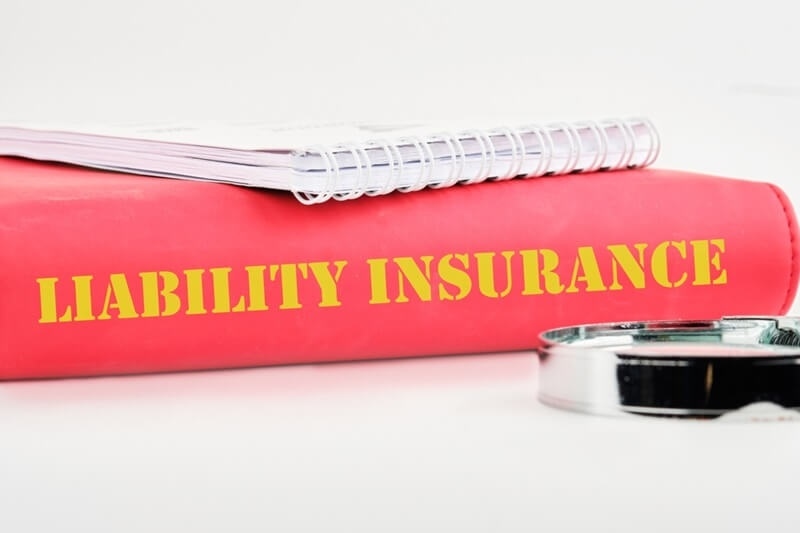
Choosing the right car insurance coverage kind is more than a legal requirement—it’s your economic protection net. Whether you’re a present-day driver or have years of experience, understand what every coverage type can defend you from steeply priced surprises after an accident. From felony responsibility vs collision to a complete coverage evaluation and uninsured motorist protection, this manual breaks down everything you want to understand to make informed decisions about your insurance.
Most drivers count on their coverage to cover the entirety, but that’s no longer true. Each coverage issue serves a specific cause, and understanding how they interact can prevent loads in restoration fees, medical payments, and criminal prices. Your car coverage types determine how much safety you've got in distinct scenarios—like collisions, theft, natural disasters, or accidents involving uninsured drivers.
Moreover, having clarity about what “complete coverage” actually consists of facilitates your decision between criminal responsibility vs. collision and add-ons, collectively with roadside help or hollow coverage. The aim is straightforward: ensure every greenback you spend on premiums translates into peace of mind.

Liability insurance is the spine of all vehicle insurance. It covers prices for accidents or property harm you cause to others in a coincidence. This is where legal responsibility vs collision starts to evolve to depend—legal responsibility doesn’t pay for your car repairs; it protects others from your errors.
Most states mandate minimum liability limits, but specialists recommend deciding on higher insurance to prevent financial strain. Without enough limits, you can be, in my opinion, liable for prices past your policy’s cap.
Collision insurance looks after your car while it’s broken in an accident—irrespective of who’s at fault. Whether you rear-end any other automobile or slide right into a guardrail on a wet day, a collision can pay for your repair or alternative fees while you pay your deductible.
When comparing liability vs. collision coverage, be aware that collision coverage covers your vehicle, while liability most effectively protects others. Most creditors might require collision insurance if your car is new, leased, or financed. For older cars, you could weigh the rate of rates against your vehicle’s real cost earlier than deciding whether to hold or drop it.
An entire insurance exam states that this option handles incidents unrelated to vehicle crashes. Think of it as protection from the unexpected—events you may not manage. Comprehensive coverage usually can pay for harm due to:
Together, collision and comprehensive insurance form what many humans consider complete insurance, which means—even though technically, full coverage is simply a mix of several protections bundled together. It doesn’t advocate “the whole thing is blanketed,” but provides a much wider safety net than my liability.
Even though coverage is required in most states, everyone no longer follows the regulations. That’s where uninsured motorist protection is available. It covers your prices if you’re hit by a reason force without insurance or no longer insured.
Imagine some other motive that causes a serious twist of fate, but their policy can’t pay for your scientific bills or car maintenance. With uninsured motorist safety, your very, very own policy steps in. This insurance regularly consists of:
It’s one of the most critical automobile coverage insurance types, mainly in regions with high uninsured driving rates. It moreover offers peace of mind when sharing the street with unpredictable drivers.
Many humans request “whole coverage” without understanding that it’s no longer a particular insurance but a mixture of various protections. Full coverage because of this typically includes:
This package deal gives you ample protection but can vary by insurer. For example, one company’s “complete coverage” might consist of rental compensation or roadside help, while others don’t.
Remember that “complete coverage” doesn’t routinely pay for the whole lot. For instance, mechanical breakdowns or ordinary upkeep like oil modifications are excluded. Reviewing your policy’s satisfactory print ensures you’re not caught off guard at the same time you file a claim.
Medical payments insurance (MedPay) or Personal Injury Protection (PIP) is needed in a few states. These policies cover medical charges for you and your passengers after an accident, regardless of fault.
PIP is vital in “no-fault” states, wherein each riding party’s insurer can pay for medical expenses. While those aren’t constantly compulsory, they complement your vehicle insurance types, particularly if you don’t have robust medical insurance.
In addition to the coverage note above, other elective coverages might fit well with your policy:
These factors increase the usability of your coverage, making it more practical for your lifestyle and usage habits.
When debating legal responsibility vs. collision, consider your car’s fee, economic protection, and use of your surroundings. Liability coverage is legally required and essential for defensive purposes, but it does not assist with personal vehicle preservation.
Collision coverage is a clever investment if your car is new or is worth a lot. However, if you strengthen an older vehicle with a minimum market fee, you can keep cash depending on criminal liability coverage. The key is balancing risk and reward—paying for what you want without overspending on what you don’t.
A common approach is to mix felony duty vs collision with complete insurance for an entire protection plan, specifically if you stay in a high-traffic or disaster-prone location.
When completing an insurance assessment, consider where you stay and park your automobile. If you stay in a city area with high theft prices or a rural area liable to animal collisions, complete insurance can, without issues, pay for itself after one incident.
For instance, converting a windshield after hail damage or recovering from an automobile theft can cost hundreds. Comprehensive coverage covers those conditions without affecting your criminal duty vs collision protections.
Comprehensive coverage fees are usually lower than collision charges, making them cost-effective for drivers searching for well-rounded protection. Pairing it with uninsured motorist safety creates a strong safety against maximum financial threats.
When looking for vehicle insurance, drivers regularly have unusual car coverage questions about what’s protected and what sort of coverage is sufficient. Here are answers to the most common ones:
1. Is complete insurance required by means of the use of law?
2. Can I drop collision coverage on every occasion?
3. What’s the difference between uninsured and underinsured motorist protection?
4. Does the entire cover herbal disasters?
5. Why are quotes considered one of a type for every driver?
Having answers to not-unusual vehicle coverage questions enables you to compare plans intelligently and avoid shopping for redundant or insufficient coverage.
Understanding car insurance coverage types is fundamental to protecting yourself and your car. By understanding the variations between liability, collision, comprehensive, and complete insurance, you can choose the policy that fits your needs. Reviewing your options cautiously ensures economic safety, reduces dangers, and provides peace of mind, keeping you and your belongings secure.
This content was created by AI